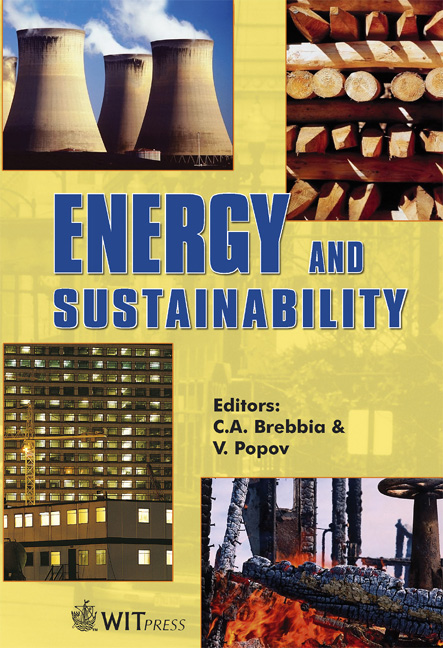Building Skin And Energy Efficiency In A Hot Climate With Particular Reference To Dubai, UAE
Price
Free (open access)
Transaction
Volume
105
Pages
11
Published
2007
Size
1,512 kb
Paper DOI
10.2495/ESUS070291
Copyright
WIT Press
Author(s)
M. A. Haggag
Abstract
The city of Dubai, which is the second largest of seven emirates of the United Arab Emirates, has been significantly shaped by various modern ideologies. It has become one of the wealthiest and most modern cities anywhere in the world, boasting the highest skyline in the Middle East. Despite the fact that Dubai is one of the hottest cities in the Gulf region, its modern architecture is characterized by transparent buildings. Most of the new buildings adopt the concept of a fullyglazed façade despite a lack of knowledge about the energy impact. Such a concept comes, in fact, with increased operational costs due to the higher solar gain. It is important for architects and engineers to understand the behaviour of the buildings they design if environmental performance and comfort are to be maximized. To achieve appropriate conditions, technical installations are much utilised to compensate for shortcomings in the concept of the building skin. Based on the climatic conditions of Dubai, the paper attempts to increase energy efficiency by identifying the optimal parameters for building skins. Attention is given to the use of double skin façade systems, since these allow natural ventilation, provide a degree of sound insulation, provide a reduction in energy consumption, and increase occupant comfort. In this context, various issues will be considered: urban transformation patterns of Dubai; the performance of the building skin; the strategies of double skin façade; and lessons of experience. Keywords: building skin, energy efficiency, double skin facades, Dubai.
Keywords
building skin, energy efficiency, double skin facades, Dubai.





